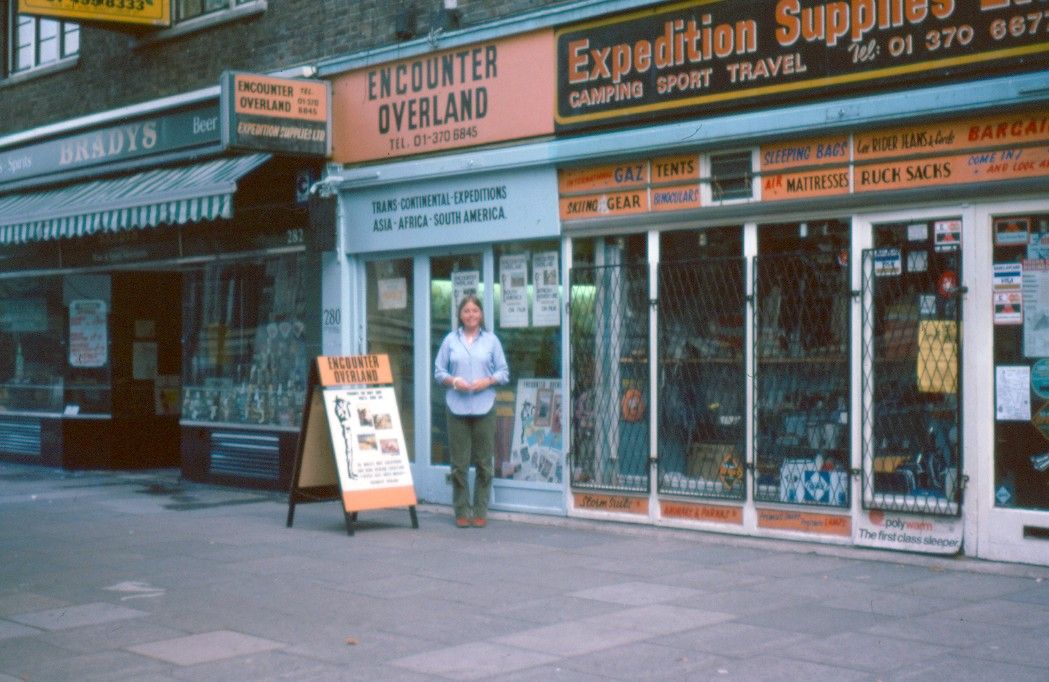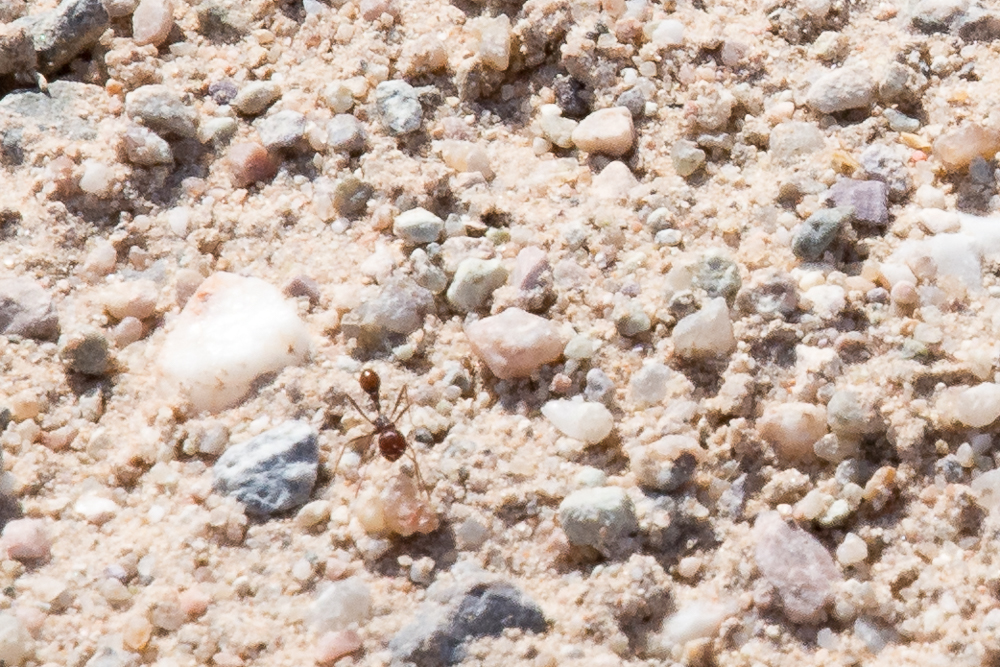GeoSetter
GeoSetter was a key piece of software for me after I had a digital camera but before I had a GPS attachment or built in GPS for my digital camera.
I used it primarily to time shift photos where I forgot to change the camera clock to the location I was in and to geolocate my photos. Some photos I also established to point of view by triangle of the lens used.
Let me explain that last one more fully. If the EXIF of the photo has a fixed lens, not a zoom lens, that lens will have a fixed area of coverage which can be represented by a line down the centre of the lens straight to the scene being captured. Either side of that is a right angle triangle whose angle depends on the lens in use. The triangle each side of the centre line is represented by a flat cone. Using the images of the map you can locate the edge of the photo, and therefore the edge of the cone. Repeat for the other side of the photo and you have established two points of the triangle. With those two points fixed and the angle fixed, it becomes apparent where the camera was to produce that photo, provided it has not been cropped.
The GeoSetter was therefore an early part of photo processing workflow. The first however, was to take out the memory card from the camera and import the images into Adobe Lightroom. Initially I was using Extensis Portfolio 6 photo catalogue. Review here. I shifted to Adobe Lightroom as that started to include processing without taking the photo into Photoshop. However, there are still elements of the cataloging in Portfolio 6 that I miss.
Importing also places the photos into folders on my NAS.
This is what the GeoSetter needs. Open GeoSetter and navigate to the file location. GeoSetter load the images. Select one. It has the available information. (I have followed this path to help remind me, to write this. The photo open at the moment has 408 items in it's EXIF file.) What is probably missing is the photo's location and image direction.
GeoSetter is very capable of batch adjustment from the camera clock to UTC, the clock for GPS recorded tracks.
Then the exciting part. Synchronize with GPS Data Files and Use Track Point From Map. Seconds later most if not all of the photos are GeoTagged. Click OK and the new data is written to the files.
Next, you can pick each photo in turn, and use the image and map to move the cone mentioned above, but not to locate the camera position this time, but to rotate it around the fixed point, until the map and the image are a match. That gives the angle together with adjusting the point of focus. Update the data with a save.
Then the workflow move back to Adobe Lightroom, which notices there have been external changes. Accept those changes into Lightroom. I like to move to the Lightroom map to see if the photos are now geolocated and hopefully are shown on the map where they are expected to be.
Most if not all of this is avoided with GPS on or in camera.










